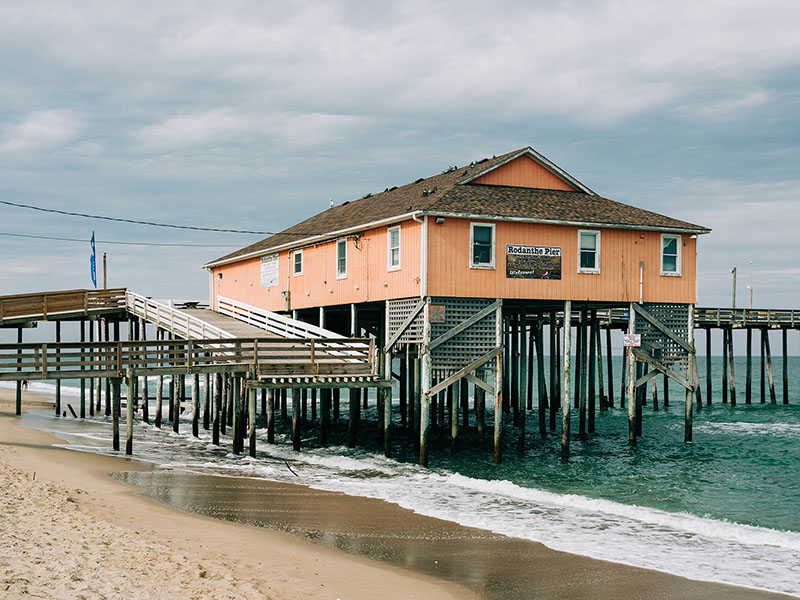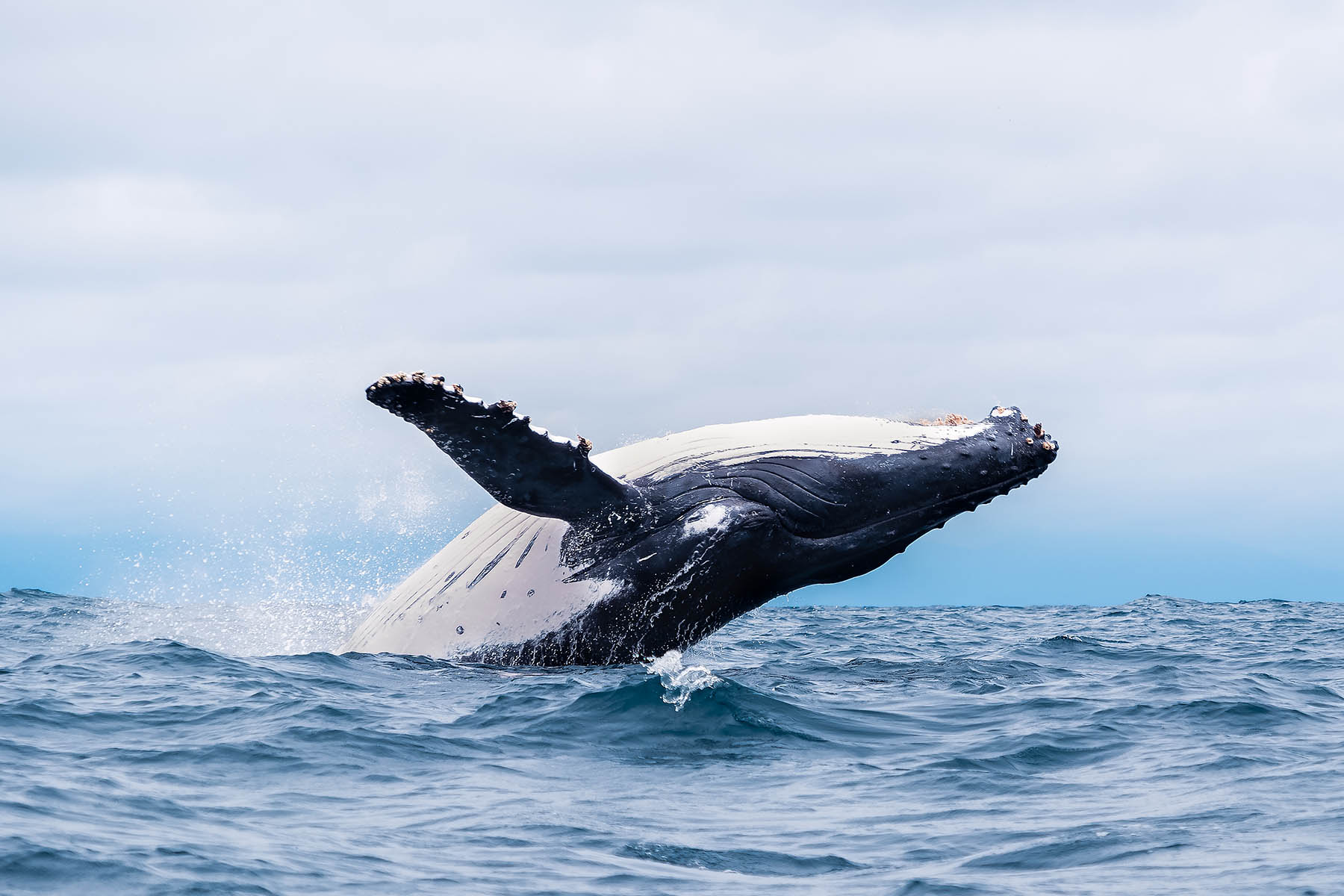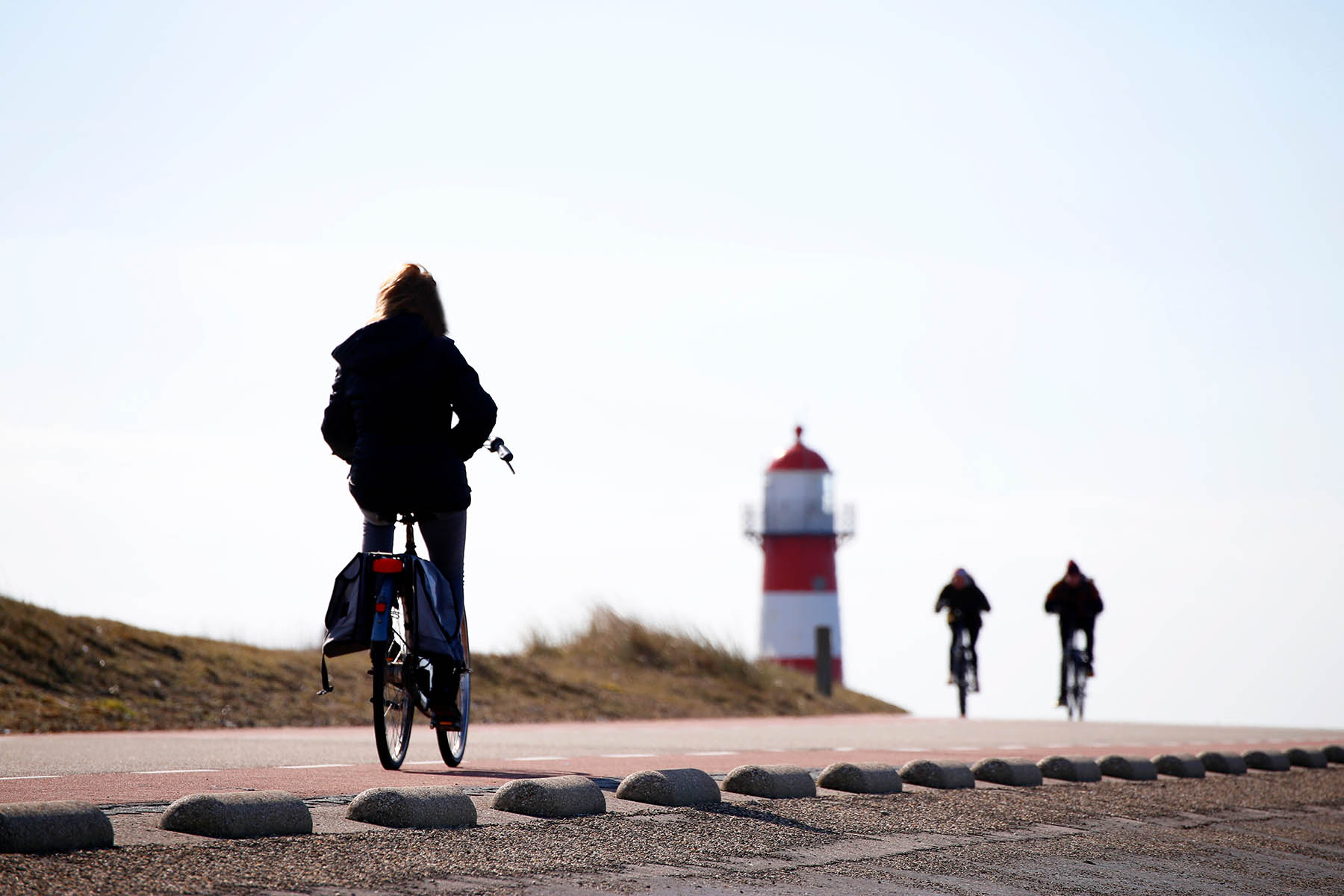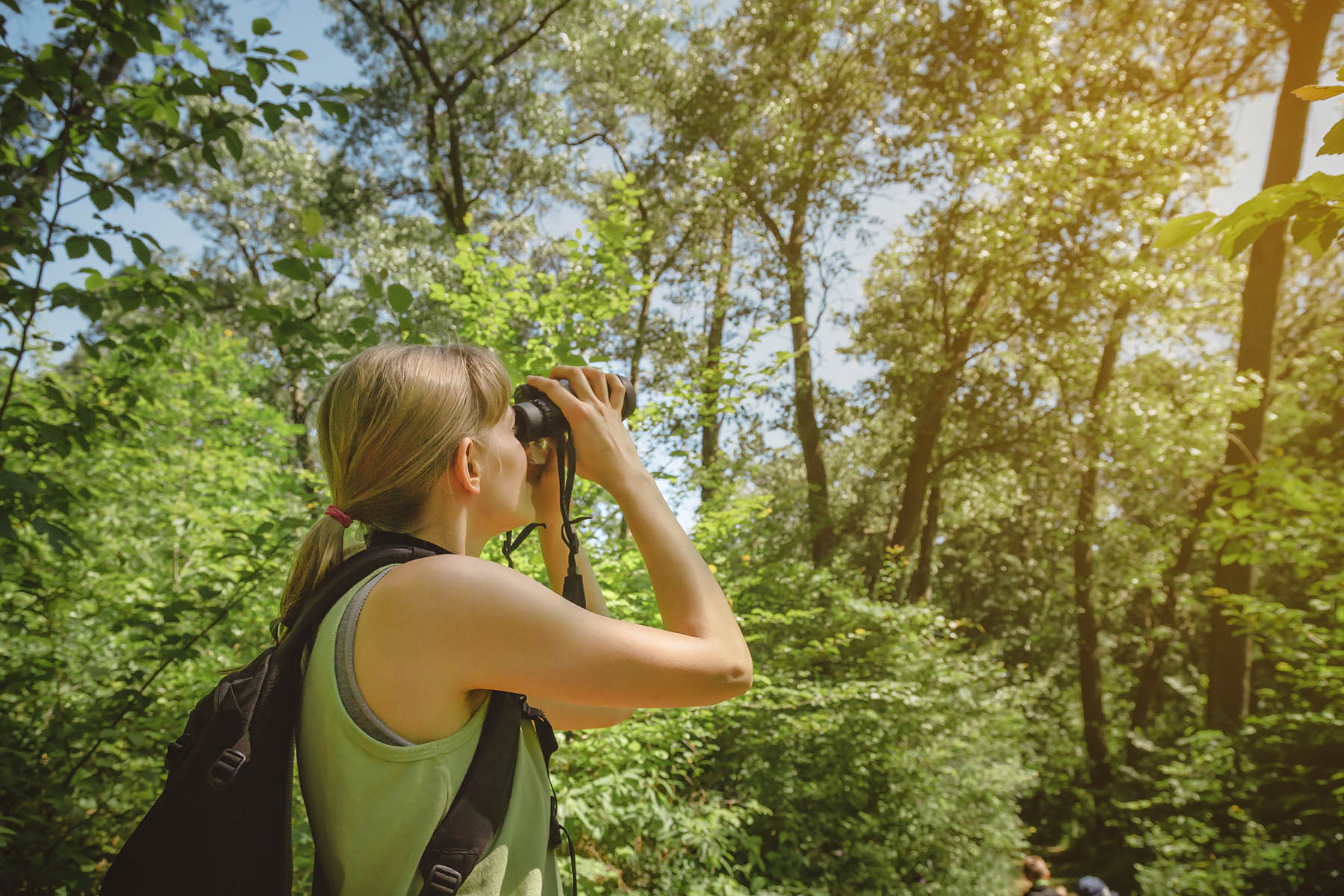Outer Banks trivia is a great way to learn about OBX and pass the time with family or friends when stuck inside during rain. Nestled along the coastline of North Carolina, the Outer Banks beckon with their breathtaking beauty and rich history. These enchanting barrier islands, stretching over 200 miles, are renowned for their pristine beaches, captivating wildlife, and intriguing stories that have shaped the region’s identity.
As you embark on a journey through the Outer Banks, prepare to be immersed in a world where the past intertwines with the present, where legendary shipwrecks, pioneering achievements, and tales of piracy and resilience blend seamlessly. Join us as we delve into the captivating realm of Outer Banks trivia, uncovering the hidden gems and fascinating facts that make this coastal paradise an irresistible destination for nature enthusiasts, history buffs, and adventure seekers alike.
Outer Banks Trivia
From the birthplace of flight to the legends of lost colonies and ghostly apparitions, the Outer Banks offer a tapestry of wonders waiting to be explored.
- Birthplace of Flight: The Wright Brothers made history on December 17, 1903, by successfully flying the first powered aircraft at Kitty Hawk, a small town on the Outer Banks.
- Graveyard of the Atlantic: Due to treacherous currents and shifting sandbars, the Outer Banks earned its moniker as the “Graveyard of the Atlantic,” with over 2,000 shipwrecks lying beneath its waters.
- Cape Hatteras Lighthouse: Standing at 198 feet, the Cape Hatteras Lighthouse is the tallest brick lighthouse in the United States and has been guiding ships since 1870.
- The Lost Colony: Roanoke Island was home to the ill-fated “Lost Colony” settlement, the first English attempt at colonization in the New World, which mysteriously disappeared without a trace in 1590.
- Blackbeard’s Stomping Ground: The infamous pirate Blackbeard, also known as Edward Teach, frequented the waters of the Outer Banks and met his end in a fierce battle off the coast of Ocracoke Island in 1718.
- Shifting Sands: The Cape Hatteras National Seashore boasts a unique phenomenon known as the “Moving Dunes.” These massive dunes can shift as much as 30 feet per year, constantly altering the landscape.
- Wild Horses of Corolla: The northernmost beaches of the Outer Banks are home to a population of wild Colonial Spanish Mustangs, believed to be descendants of horses left behind by Spanish explorers.
- Wright Brothers National Memorial: In honor of their historic flight, the Wright Brothers’ achievement is commemorated at the Wright Brothers National Memorial in Kill Devil Hills, complete with a replica of their 1903 Flyer.
- Jockey’s Ridge State Park: Located in Nags Head, Jockey’s Ridge State Park is home to the largest living sand dune on the East Coast, offering visitors breathtaking views and the opportunity to try hang gliding.
- World-Class Surfing: The Outer Banks is renowned for its excellent surfing conditions. Surfers from around the world flock to spots like Cape Hatteras and Rodanthe to catch some of the East Coast’s best waves.
- Seashells Galore: The Outer Banks is a seashell collector’s paradise, with more than 200 species of shells found along its shores, including the coveted Scotch Bonnet and the colorful Auger.
- Bodie Island Lighthouse: Standing tall at 156 feet, the Bodie Island Lighthouse, located in Nags Head, provides stunning panoramic views of the surrounding area and is a popular destination for visitors.
- First English Child: The first English child born in North America, Virginia Dare, was born in the Lost Colony on Roanoke Island in 1587.
- Pea Island Wildlife Refuge: The Pea Island Wildlife Refuge is a haven for over 400 species of birds and is a critical stopover for migratory birds along the Atlantic Flyway.
- The Legend of the Devil’s Hoofprints: According to folklore, hoofprints left by the devil himself can be found on the rocks of Jockey’s Ridge State Park, known as the “Devil’s Footprints.”
- Ghost Ships: The Outer Banks has a rich history of ghost ships. One notable ghost ship is the Carroll A. Deering, which was found abandoned off the coast of Cape Hatteras in 1921, sparking numerous theories and speculation about its mysterious fate.
- Battle of Kill Devil Hills: During World War II, German U-boats targeted ships off the coast of the Outer Banks. In response, the Battle of Kill Devil Hills took place, involving the U.S. Coast Guard and naval aircraft defending against German submarine attacks.
- Pea Island Lifesavers: The Pea Island Life-Saving Station, established in 1878, was the first all-African American life-saving crew in the United States. They heroically saved countless lives from shipwrecks along the treacherous coastline.
- Beach Nourishment: To combat erosion and protect the coastline, beach nourishment projects have been undertaken in the Outer Banks. These projects involve replenishing the beaches with sand dredged from offshore sources.
Here are some additional trivia facts about the Outer Banks:
- The Outer Banks consists of a string of barrier islands spanning approximately 200 miles along the coast of North Carolina.
- The islands that make up the Outer Banks include Bodie Island, Hatteras Island, Ocracoke Island, Roanoke Island, and more.
- The Outer Banks is home to some of the most beautiful and pristine beaches on the East Coast of the United States.
- The Cape Hatteras National Seashore, which stretches over 70 miles, is a protected area known for its natural beauty, wildlife, and historical sites.
- The Outer Banks is a popular destination for fishing enthusiasts, with opportunities for surf fishing, pier fishing, and offshore deep-sea fishing.
- The area is a haven for birdwatching, attracting a wide variety of bird species throughout the year, including pelicans, herons, egrets, and migratory shorebirds.
- The Outer Banks is known for its delicious seafood, with fresh catches of fish, crabs, oysters, and shrimp readily available at local restaurants.
- The Wright Brothers’ first flight at Kitty Hawk in 1903 marked a major milestone in aviation history and is celebrated as a defining moment for the Outer Banks.
- The region has a rich maritime history, with stories of shipwrecks, piracy, and brave rescue missions by the U.S. Life-Saving Service, which later became the U.S. Coast Guard.
- The Outer Banks has inspired numerous works of literature, including Nicholas Sparks’ novel “Nights in Rodanthe,” which was set in the town of Rodanthe.
- The town of Duck, located in the northern part of the Outer Banks, is named after the large numbers of waterfowl that once frequented the area.
- The Cape Hatteras National Seashore is home to the Cape Hatteras Light Station, the tallest brick lighthouse in North America, attracting thousands of visitors each year.
- The Graveyard of the Atlantic Museum in Hatteras Village showcases the rich maritime history of the Outer Banks and exhibits artifacts from shipwrecks and historical events.
- The Outer Banks is a popular filming location, with movies like “Message in a Bottle” and TV shows like “Dawson’s Creek” and “Outer Banks” being filmed in the area.
- The Outer Banks is known for its challenging and world-class kiteboarding and windsurfing conditions, attracting enthusiasts from around the globe.
- The Cape Hatteras National Seashore offers opportunities for outdoor activities like camping, hiking, birdwatching, and beachcombing.
- The Outer Banks is a popular destination for surfing competitions, with the ESA Eastern Surfing Championships being held there annually.
- The region has a vibrant arts and crafts scene, with numerous galleries and shops showcasing the work of local artists and artisans.
- The Outer Banks has a unique ecosystem, with diverse habitats including salt marshes, dune systems, and maritime forests, providing a home to various plant and animal species.
- The Outer Banks is a great place for stargazing, with minimal light pollution and clear night skies that allow for stunning views of stars, constellations, and even the Milky Way.
With its rich history, natural wonders, and unique charm, the Outer Banks continues to captivate visitors and locals alike, offering a wealth of experiences and unforgettable moments.











Share This Page